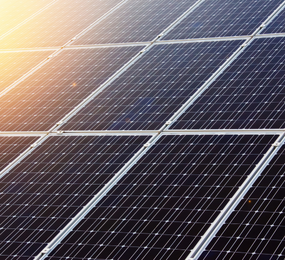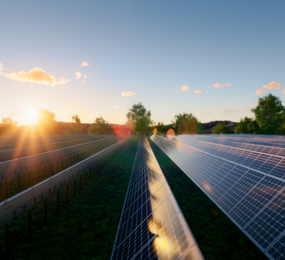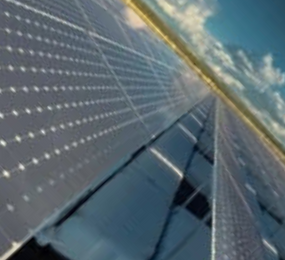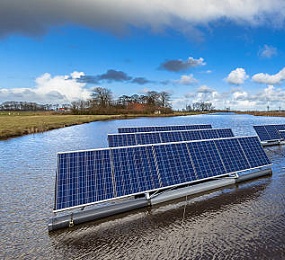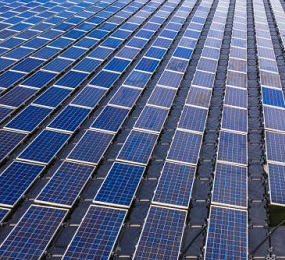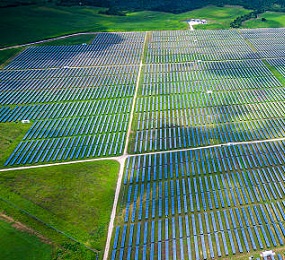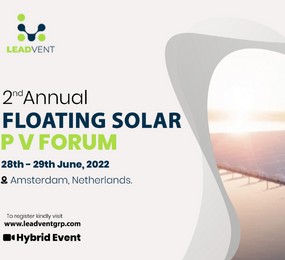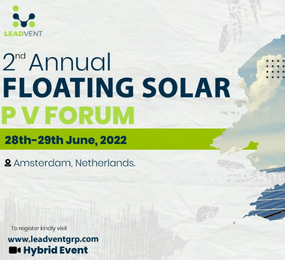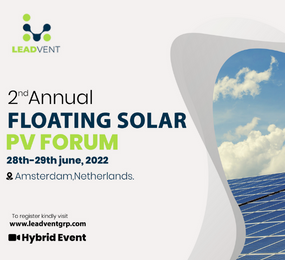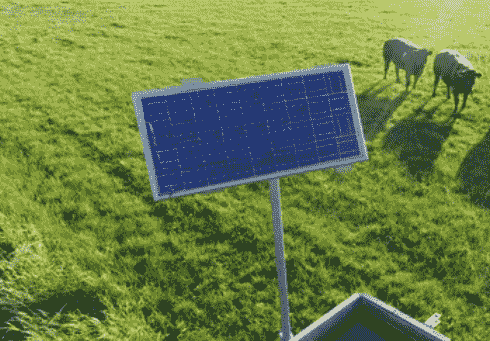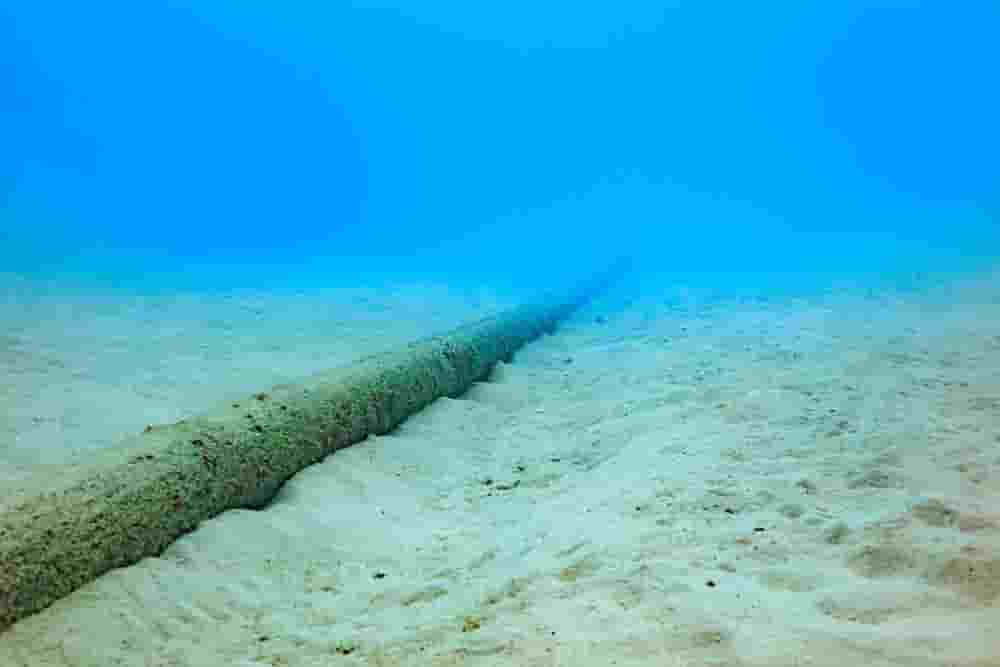Floating Solar PV: Unlocking Clean Energy from Water Surfaces
As the world accelerates its shift toward renewable energy, space for large-scale solar installations is becoming increasingly scarce. Enter Floating Solar Photovoltaics (FPV)—an innovative solution that places solar panels directly on bodies of water, offering a smart, sustainable way to meet rising energy demands without competing for land.
Floating solar might sound like a futuristic concept, but it’s already delivering real results in countries across Asia, Europe, and increasingly, Africa and the Americas. From reservoirs to lakes and even repurposed mining pits, FPV systems are being installed where land is limited or expensive. For regions with high solar potential and dense populations, this approach is becoming a compelling alternative.
What makes floating solar so effective? First, water naturally cools the panels, improving efficiency and reducing energy loss. Second, it helps reduce water evaporation—a critical advantage in drought-prone regions. Third, it maximizes the use of underutilized spaces, especially near hydropower facilities, enabling hybrid renewable energy systems.
In practice, floating solar projects can complement existing energy infrastructure. For instance, coupling FPV with hydroelectric dams allows for shared grid connections, cutting costs and balancing energy supply. This synergy not only boosts reliability but also accelerates the renewable transition without major overhauls.
However, success in floating solar depends on more than just placing panels on water. Developers must consider ecological impact, water body dynamics, and long-term durability. That’s why many FPV projects are built in close collaboration with local authorities, engineers, and environmental experts to ensure sustainability across the board.
Moreover, floating solar offers a unique opportunity for emerging markets to leapfrog into clean energy leadership. With many African and Southeast Asian countries rich in inland water resources, FPV can help electrify rural communities, reduce reliance on diesel, and create jobs in the renewable energy supply chain.
Conclusion
Floating solar PV represents a powerful example of how innovation can turn constraints into opportunities. By harnessing water surfaces for clean electricity,
we’re not only generating power—we’re making smarter use of our natural resources. As technology advances and deployment scales up, floating solar could become a cornerstone of tomorrow’s energy systems—quietly floating toward a more sustainable future.
Learn more on our website: https://www.leadventgrp.com/events/5th-annual-floating-solar-pv-forum/details
For more information and group participation, contact us: [email protected] .
Leadvent Group - Industry Leading Events for Business Leaders!
www.leadventgrp.com | [email protected]


